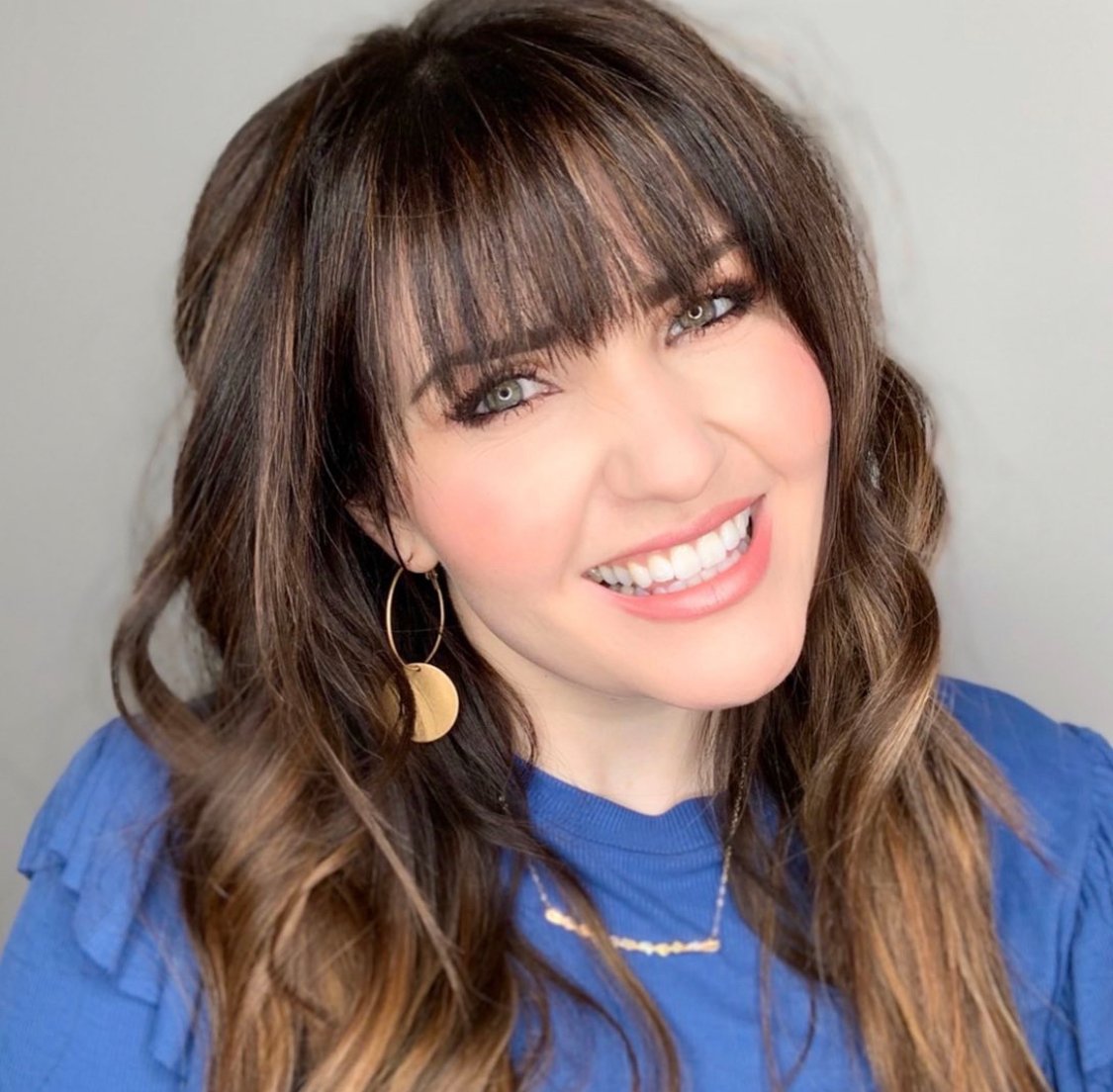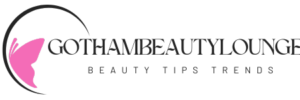Can I wear makeup to a facial? Generally, it’s best to avoid wearing makeup to a facial. While some spas may allow it, they will always prioritize a thorough skin cleansing facial makeup removal as the first step. Wearing makeup before a facial can hinder the facial’s effectiveness and potentially lead to skin irritation. This article explores the reasons why avoiding makeup before a facial is recommended, the types of makeup to avoid, and best practices for facial preparation makeup and post-facial makeup application.

Image Source: facefitnessltd.com
Why It’s Best to Arrive with a Clean Face
Arriving at your facial appointment with a clean face is advantageous for several reasons, all centered around maximizing the treatment’s efficacy and minimizing potential complications.
Enhanced Product Absorption
Facials are designed to deliver beneficial ingredients deep into the skin. A layer of makeup acts as a barrier, preventing these active ingredients from penetrating effectively. This reduces the overall benefit of the facial. Think of it like trying to water a plant through plastic wrap—some moisture might get through, but not nearly as much as if the plant were directly exposed.
Minimized Irritation
The ingredients in makeup, especially if left on for an extended period, can sometimes react with facial products. This can lead to irritation, redness, or even breakouts. A clean face allows the esthetician to assess your skin’s true condition and choose products that are best suited for your specific needs.
Saved Time and Effort
While estheticians will always cleanse your skin, it’s more efficient and hygienic if you arrive with minimal makeup. This allows the esthetician to focus on the actual treatment rather than spending extra time on makeup removal before facial. It also ensures that your skin is as clean as possible before the facial begins.
Improved Skin Assessment
Without makeup, the esthetician can better analyze your skin’s condition. They can accurately assess issues like dryness, oiliness, redness, and underlying skin concerns. This accurate assessment ensures that the facial is tailored to your specific needs.
Potential Effects of Makeup on Facial Treatments
Wearing makeup before a facial can have several negative effects, directly impacting the quality and benefits of the treatment.
Clogged Pores
Makeup can clog pores, especially if it contains comedogenic ingredients. When facial treatments like steaming or exfoliation are performed on skin with clogged pores, it can push the makeup deeper into the skin, potentially causing breakouts.
Reduced Exfoliation Effectiveness
Exfoliation is a key part of many facials, designed to remove dead skin cells and reveal fresh, new skin underneath. Makeup can interfere with this process, preventing the exfoliating agents from working effectively.
Mask Ineffectiveness
Facial masks are designed to deliver concentrated doses of nutrients and hydration to the skin. If makeup is present, it can block the mask’s ingredients from reaching the skin, rendering the mask less effective.
Interference with Extraction
Extractions, the process of removing blackheads and whiteheads, are a common component of facials. Makeup can make extractions more difficult and less effective, potentially leading to inflammation or scarring.
Facial Preparation Makeup: A Step-by-Step Guide
If you must wear makeup before your facial appointment, follow these steps to minimize its impact.
- Choose Light, Non-Comedogenic Products: If you have to wear makeup, opt for lightweight, non-comedogenic (non-pore-clogging) products. Mineral makeup is often a good choice.
- Apply Makeup Sparingly: Less is more. Avoid heavy foundation, concealer, and powder.
- Focus on Eyes and Lips: If you want to wear something, focus on eye makeup and lipstick. These are less likely to interfere with the facial treatment than foundation or blush.
- Avoid Waterproof Formulas: Waterproof makeup can be difficult to remove, requiring more aggressive cleansing that can irritate the skin.
- Prepare for Makeup Removal: Bring your own gentle makeup remover wipes or a cleanser to use before the facial if the spa doesn’t offer one.
- Inform Your Esthetician: Let your esthetician know what makeup you have on so they can adjust their cleansing routine accordingly.
Makeup Removal Before Facial: What to Expect
The makeup removal process is a standard part of almost every facial. Here’s what you can anticipate:
Double Cleansing
Estheticians typically use a double cleansing method to ensure all traces of makeup are removed.
* **Oil-Based Cleanser:** This first step dissolves makeup, sunscreen, and excess sebum without stripping the skin. * **Water-Based Cleanser:** This second step removes any remaining residue and cleanses the skin thoroughly.
Gentle Techniques
Estheticians use gentle techniques to avoid irritating the skin. They typically use soft cloths, sponges, or their fingertips to cleanse the face.
Focus on Problem Areas
The esthetician will pay special attention to areas where makeup tends to accumulate, such as around the eyes, nose, and hairline.
Tone and Prepare
After cleansing, the esthetician will typically apply a toner to balance the skin’s pH and prepare it for the next steps of the facial.
Types of Makeup to Avoid Before a Facial
Certain types of makeup are more problematic than others when it comes to facials. Here’s a breakdown of what to avoid.
Heavy Foundation
Heavy, full-coverage foundations are more likely to clog pores and interfere with product absorption. They also require more effort to remove completely.
Waterproof Makeup
Waterproof mascara, eyeliner, and foundation are designed to stay put, making them difficult to remove. The aggressive cleansing required to remove waterproof makeup can irritate the skin.
Glitter and Shimmer
Glitter and shimmer particles can be abrasive and difficult to remove entirely. They can also clog pores and cause irritation.
Thick Concealer
Thick concealer, especially if applied heavily under the eyes, can prevent the facial products from penetrating effectively.
Long-Wearing Lipsticks
Long-wearing lipsticks can be drying and difficult to remove, requiring harsh scrubbing that can irritate the delicate skin on the lips.
Facial After Makeup Application: Post-Treatment Considerations
While it’s best to avoid makeup before a facial, what about after? Here’s what you should consider regarding facial after makeup application:
Allow Your Skin to Breathe
Ideally, you should wait at least a few hours, or even overnight, before applying makeup after a facial. This allows your skin to breathe and fully absorb the benefits of the treatment.
Choose the Right Products
When you do apply makeup, opt for lightweight, non-comedogenic products. Mineral makeup is a great choice because it’s gentle and allows the skin to breathe.
Clean Your Brushes
Make sure your makeup brushes are clean to avoid introducing bacteria to your freshly cleansed skin.
Be Gentle
Apply makeup gently to avoid irritating your skin. Use soft brushes and avoid rubbing or tugging at the skin.
Consider a Tinted Moisturizer
If you want some coverage but don’t want to wear heavy foundation, consider using a tinted moisturizer or BB cream.
Best Time for Makeup After Facial: Guidelines
There’s no hard-and-fast rule about when you can apply makeup after a facial, but here are some general guidelines:
- Immediately After: Avoid makeup if possible, especially after deep cleansing or exfoliating facials.
- A Few Hours Later: If you must wear makeup, wait at least a few hours to allow your skin to calm down.
- The Next Day: The best time to apply makeup is the next day, allowing your skin to fully recover.
Table: Recommended Wait Times for Makeup Application After Different Types of Facials
| Facial Type | Recommended Wait Time |
|---|---|
| Basic Cleansing Facial | 2-3 hours |
| Exfoliating Facial | Overnight |
| Deep Cleansing Facial | Overnight |
| Hydrating Facial | 2-3 hours |
| Anti-Aging Facial | Overnight |
Makeup and Facial Effectiveness: The Relationship
The effectiveness of a facial can be significantly influenced by makeup, both before and after the treatment.
Pre-Facial Makeup: Impact on Efficacy
As discussed, wearing makeup before a facial can reduce the treatment’s effectiveness by:
- Blocking product absorption
- Clogging pores
- Interfering with exfoliation
Post-Facial Makeup: Prolonging Benefits
Applying the right makeup after a facial can help prolong its benefits. Lightweight, non-comedogenic products won’t clog pores or irritate the skin. On the other hand, heavy makeup can undo some of the good work done during the facial.
Optimizing Skin Cleansing Facial Makeup Routines
To optimize your skincare routine and get the most out of your facials, consider the following:
- Double Cleansing: Incorporate double cleansing into your nightly routine to ensure all traces of makeup and dirt are removed.
- Exfoliate Regularly: Exfoliate your skin 1-2 times per week to remove dead skin cells and prevent clogged pores.
- Use Non-Comedogenic Products: Choose makeup and skincare products that are labeled as non-comedogenic.
- Clean Your Makeup Brushes: Clean your makeup brushes regularly to prevent the spread of bacteria.
- Stay Hydrated: Drink plenty of water to keep your skin hydrated from the inside out.
- Protect Your Skin: Wear sunscreen every day to protect your skin from sun damage.
Fathoming Facial Considerations
Factors like skin sensitivity, the type of facial, and individual skin conditions all play a part in the overall efficacy of a facial. For example, someone with sensitive skin might need to be even more careful about makeup both before and after a facial. Always communicate any skin conditions or sensitivities to your esthetician.
Communicating with Your Esthetician
Open communication with your esthetician is crucial for a successful facial. Be sure to:
- Inform them of any allergies or sensitivities: This will help them choose products that are safe for your skin.
- Tell them about your current skincare routine: This will give them insight into your skin’s needs.
- Ask questions: Don’t hesitate to ask questions about the facial process or any concerns you may have.
Frequently Asked Questions (FAQ)
Q: Can I wear mascara to a facial?
A: It’s best to avoid wearing mascara. It can be difficult to remove completely and may irritate the eyes.
Q: What if I have to wear makeup to work before my facial appointment?
A: Wear light, non-comedogenic makeup and bring makeup remover wipes to cleanse your face before the facial.
Q: Can I wear sunscreen to a facial?
A: Yes, but make sure to wear a lightweight, non-comedogenic sunscreen. The esthetician will remove it during the cleansing process.
Q: How soon after a facial can I wear makeup again for a special event?
A: Wait at least 2-3 hours, or preferably overnight, and use lightweight, mineral-based makeup.
Q: What kind of makeup is best to wear after a facial?
A: Mineral makeup is a great choice because it’s gentle and allows the skin to breathe.
By following these guidelines, you can ensure that your facials are as effective as possible and that your skin stays healthy and radiant.

I’m Carrie Kelly, the creator behind Gotham Beauty Lounge. Beauty is my passion, and I’ve made it my mission to bring you all the latest trends, expert tips, and honest reviews to help you elevate your beauty game. With a love for all things bold, edgy, and elegant, I believe makeup is an art form, and skincare is self-care. On my blog, I share my personal experiences, favorite products, and advice for embracing your unique beauty. Join me on this exciting journey to feel confident, empowered, and, most importantly, to always look and feel your best!
